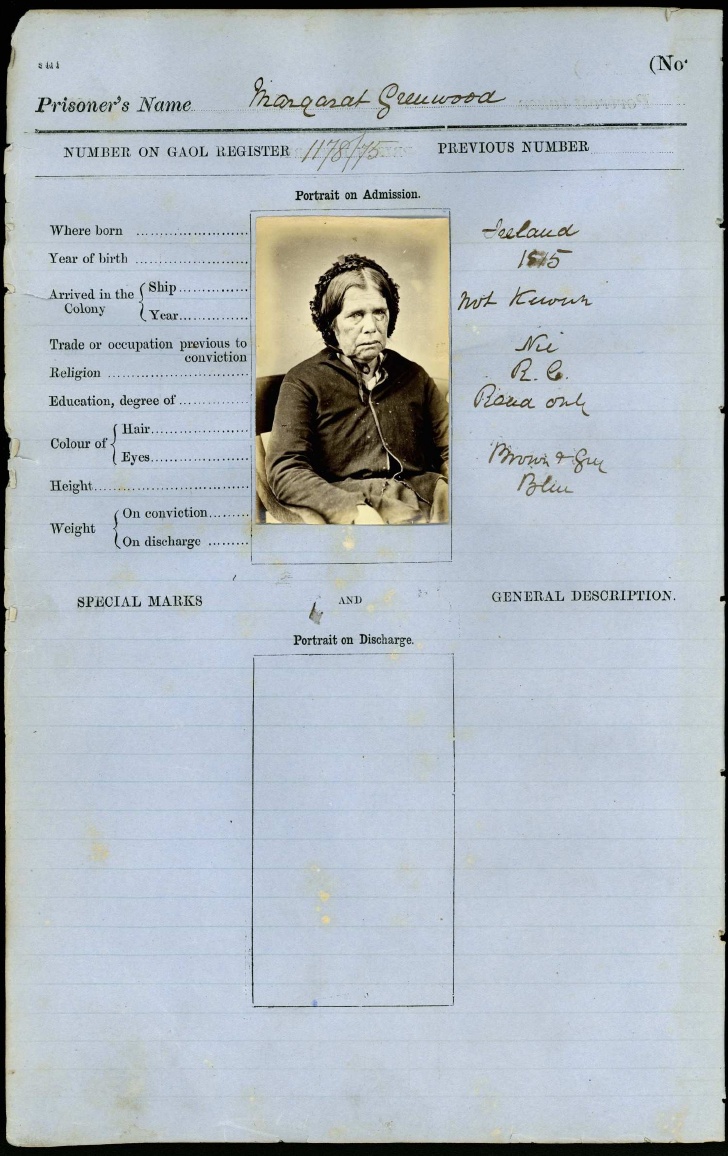The Colony of NSW had been established with the arrival of the First Fleet in 1788. When Lachlan Macquarie arrived two decades later as the fifth Governor of NSW, the future of the Colony was considered to be at risk of moral degeneration. Cohabitation—the practice of living together in an unmarried state—was deemed ‘highly injurious to the interests of Society’, and Macquarie sought to rectify this by encouraging lawful marriage.
This item was found by one of our volunteers in a Supreme Court Deposition paper. The exhibit related to the trial of Christopher Nowlan, who was charged with cattle stealing at the Maitland Circuit Court in 1845. Nowlan was a a convict who had arrived on the Phoenix in 1826. So what did the tin contain?

The convict James Freeman was found guilty in the Criminal Court on 29 February 1788 of stealing flour. The fledgling Colony was barely a month old, and supplies of food were limited. Theft of such items was therefore viewed with the utmost seriousness, hence the draconian death sentence that was handed down. However, there was a need to find someone to undertake the task of dispatching condemned felons via the hangman’s noose, and who better than a convict who could hardly refuse the job offer, given the alternative?
This case study has been developed to show what types of records can be found in our collection. References to John Knatchbull, alias John Fitch, turn up in a number of convict records, such as the convict indents, Tickets of Leave and Ticket of Leave Passports. What makes Knatchbull more intriguing is that he continued to get into trouble for the rest of his life, thereby leaving a steady stream of records about him.

The State of New South Wales is fortunate in having in its archives an extensive collection of records documenting the 'careers' of over 80,000 Imperial convicts transported between 1788 and 1842 (plus the 'convict exiles' from the later 1840s and 1850s)...A better understanding of the Convict records can be gained by an awareness of how the system worked within the Colony. Primary responsibility initially devolved upon the Colonial Secretary, supported by the Principal Superintendent of Convicts.
The photographing of prisoners was introduced into New South Wales gaols in 1871. This 1875 record contains a rare and revealing photograph of a former Imperial convict, a prisoner again in her old age.
Sentenced beyond the Seas project revealed tales of convict fraud, the origins of Australia’s love of beer, executions and more. In this podcast and presentation from Open Day 2013 Janette Pelosi tells tales of some of our earliest convicts from 1788 to 1801.



